By Ella Scott-Wallace
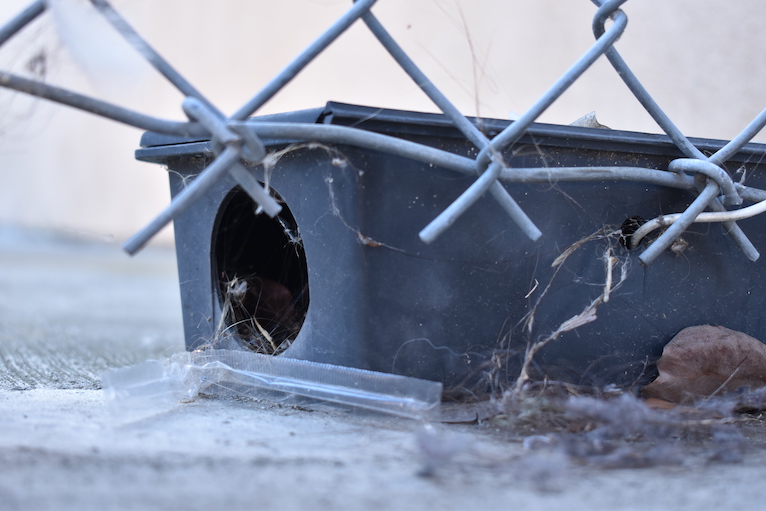
For over a decade, FVHS teachers, students and staff have been encountering a particular issue on campus: resident rats. While campus maintenance has done its part handling the animals in classrooms, lockers and offices for years, the extent of the issue on a campus-wide scale has been elusive. From an inquiry by the Baron Banner, here is everything we know about the scale of rodent life at FVHS.
“I’d say that we’ve had rodent issues in the classrooms within the 210 and 220 halls for science for at least the past ten years,” said Lehua Werdel, Science Department Coordinator and science teacher. “The last issue that I had, personally in my classroom, would have been early last year, but other teachers have had rodent issues this year and throughout last year.”
When teachers see evidence of rodents they typically submit a support ticket that alerts the school’s maintenance staff to the problem.
To gauge how extensive the rodent problem is, Baron Banner, through a public records request, asked Huntington Beach Union High School District (HBUHSD) for copies of teachers’ support tickets.
In an email to a Baron Banner reporter, Kayla Holmes, Public Information Coordinator, wrote, “After a diligent search, the District was unable to locate records responsive to your requests.”
Baron Banner then surveyed FVHS teachers, asking them if they had seen any rats in or around their classrooms. Out of the forty respondents, 57.5% claimed to have encountered evidence of rodents on campus. Of that number, 65.2% of those encounters were in their classroom, and 86.7% were in areas on campus outside of their classroom.
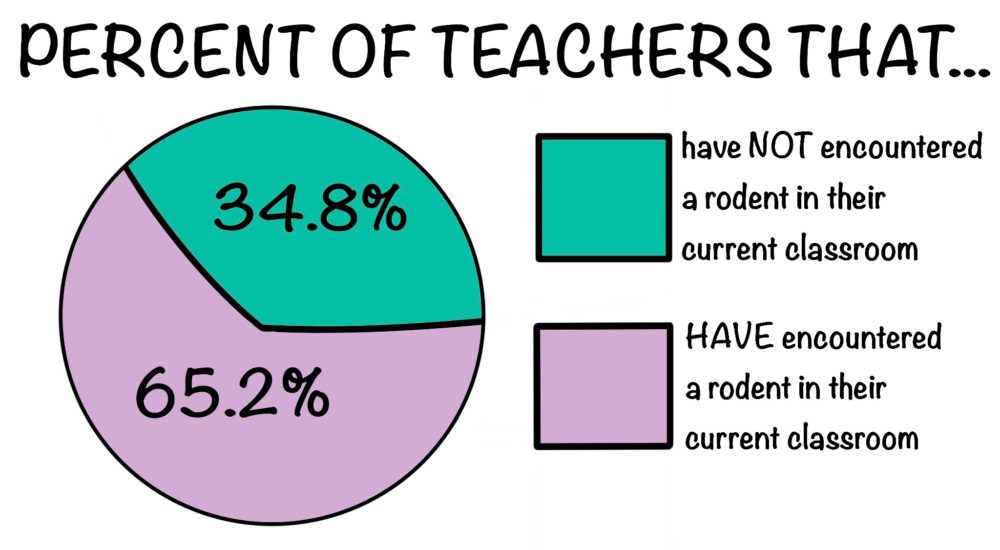
According to our survey, most sightings have occurred in the 200s halls, but there have also been rodents found in the 400s halls, 100s halls, the bungalows, locker rooms and the gymnasium.
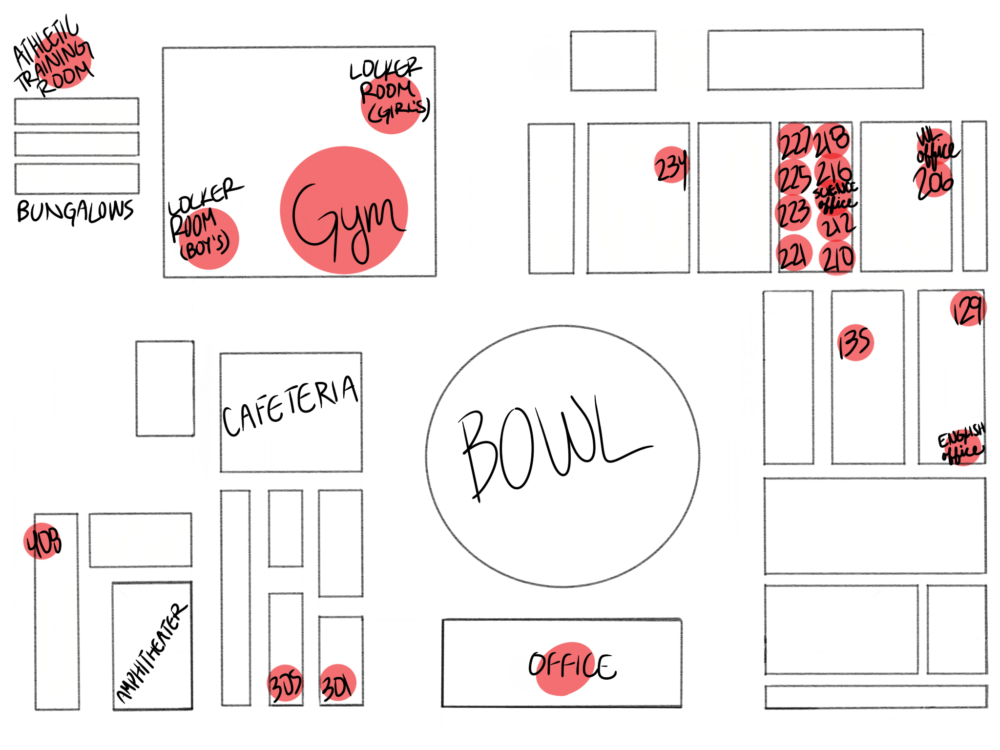
FVHS maintenance responds to any reports made concerning rodents with measures deemed adequate to the situation. Most commonly, regular rodent traps are placed inside classrooms.
“We’ll submit support tickets to maintenance, and they typically put rodent traps out,” said Werdel. “When the traps are out, you come into work in the morning, and you have to go and check the traps to see if there’s a dead rat, or almost dead rat, in the trap to see if they’ve caught it.”
FVHS also works with a local pest control company that has placed poison traps on campus in outdoor areas, notably around the 400s hall, 100s halls and the bowl. The traps are then updated every month.
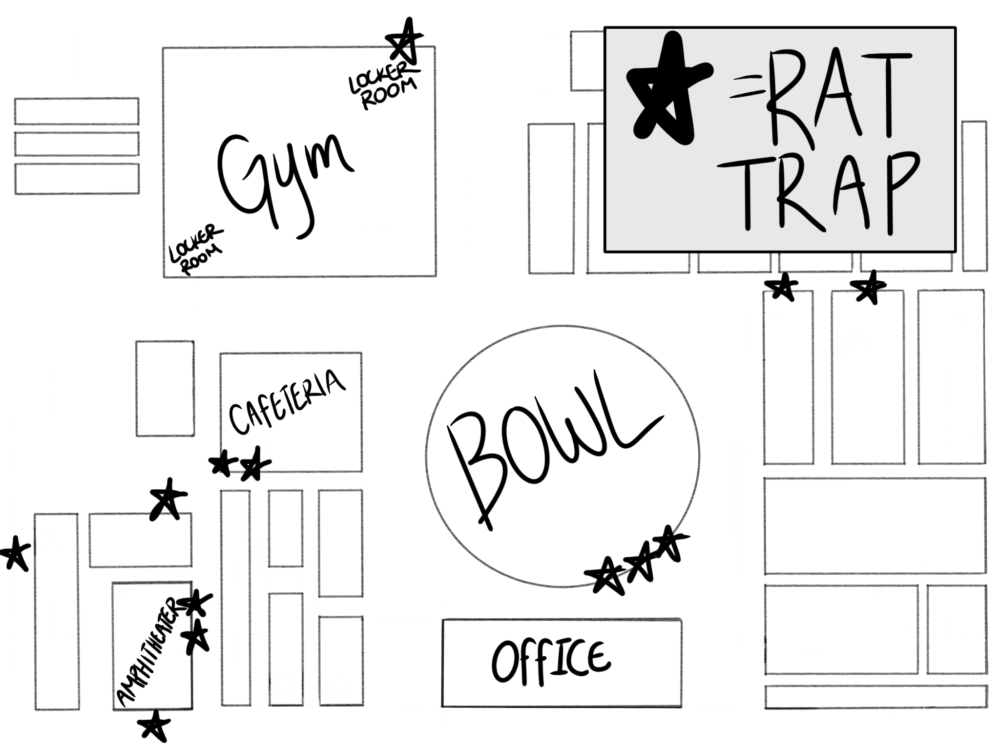
In 2019, BioSoCal, a local biohazard cleanup company, inspected the area above the ceiling tiles in ten areas on campus believed to be most affected by rodents and concluded that there was not “a significant rodent issue above the ceiling tiles.”
“On a scale of 1-10 (10 being worst), based on the random samples viewed in the buildings believed to be the most affected, I would say it is less than a 1,” said Alan Cohen, owner of BioSoCal, in an email sent to Bill Kerwin, Director of Purchasing/Contracts, on March 8, 2019.
Cohen continued, “I can not speak to the sections and buildings that we did not see as part of our sample lot so there could be contamination in places we did not inspect.”
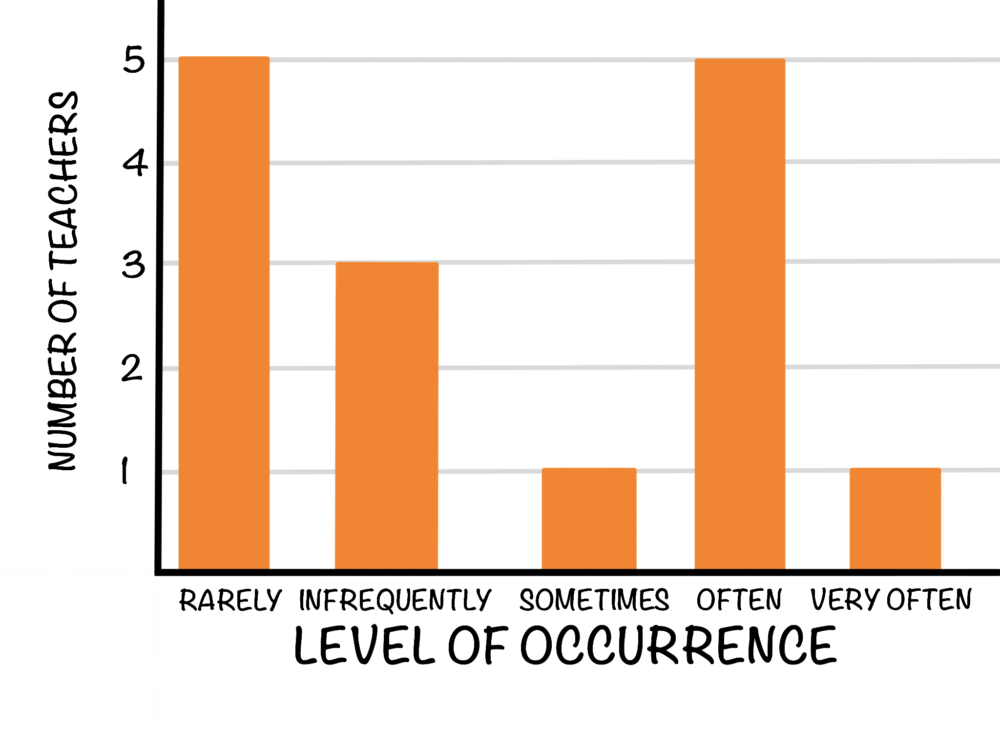
But on the ground, both staff and students continue to find evidence of rats.
“I was working in my office when it was very quiet, and I heard a noise,” said Sharen Tait, High School Secretary, describing an encounter she had when working in an office adjacent to the library. “I looked up into the ceiling tile, and I saw a rat jump out and onto the floor and scurry behind the cabinet.”
World Language teachers reported that rats had accessed their office through a hole above their cabinets, chewed through food packaging and left droppings in a desk.
“We had the telltale signs of rodents biting through the wrappers and eating the food inside: the rodent droppings, the urine, and then we found the access point where they were coming in above the cabinets,” said Todd Yarnton, Spanish teacher.
Upon discovering evidence of rodents in the office, teachers contacted maintenance and the issue was taken care of.
“We noticed there was a little gap in the ceiling where it looked like something could be coming through,” said Jim Diecidue, World Language Department Coordinator and Spanish teacher. “So, I put in a ticket, and I believe that’s been covered now. And maintenance did come and clean up the droppings as well.”
In recent years, students have reported rodents bleeding onto workbooks, finding dead rodents in their gear in the locker room and seeing rodents inside lockers.
“[During Mock Trial practice] we’ve seen maybe one or two rats running into people’s lockers,” said senior Kathleen Ha. “You wonder where those rats are during the daytime and whether or not they’ve been inside your locker.”
But despite people’s concerns about the presence of rodents on campus, it’s impossible to completely eradicate them.
“Rats will go to places that are safe, where there is plenty of food, in search of warmth and shelter,” said Michael Kral, history teacher. “Unfortunately, with a large structure like FVHS with 3,800 people producing waste, we will have some rats.”





